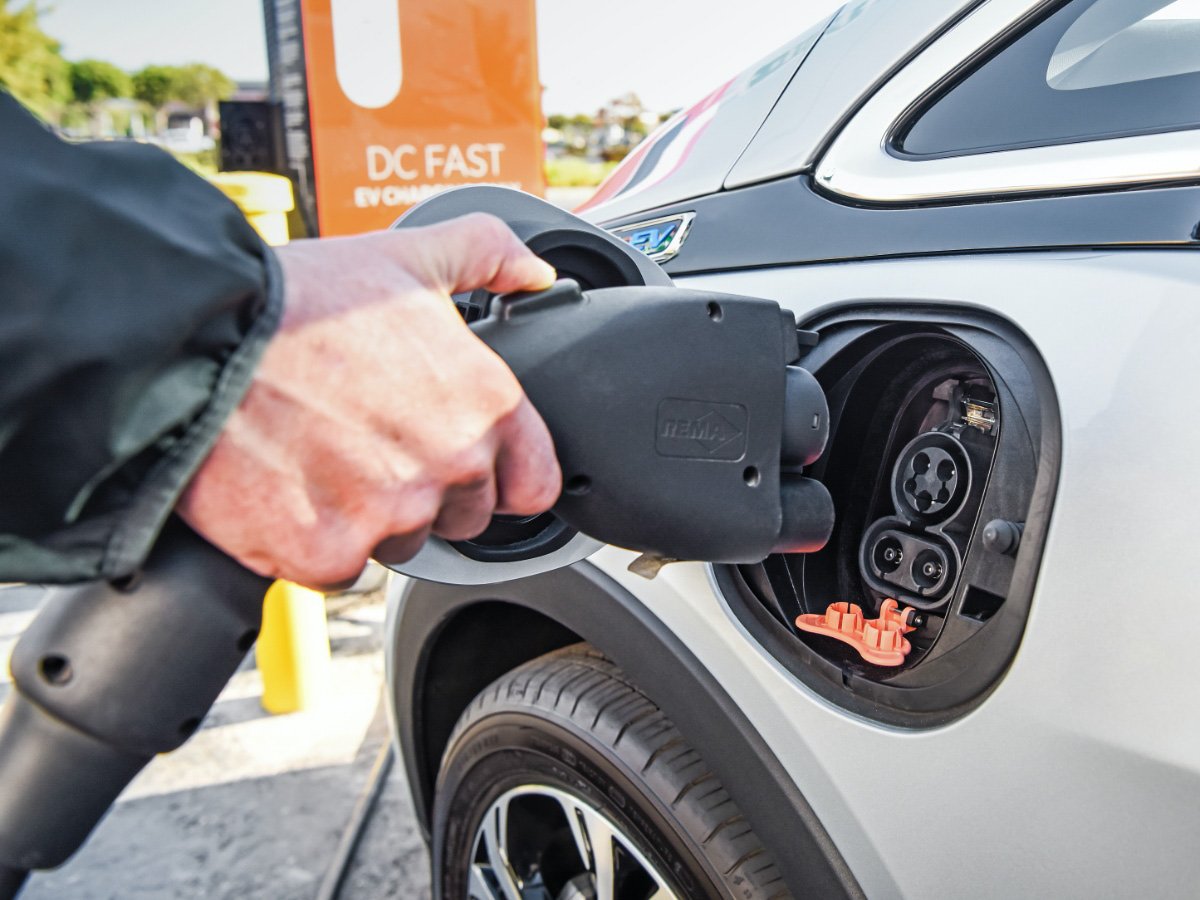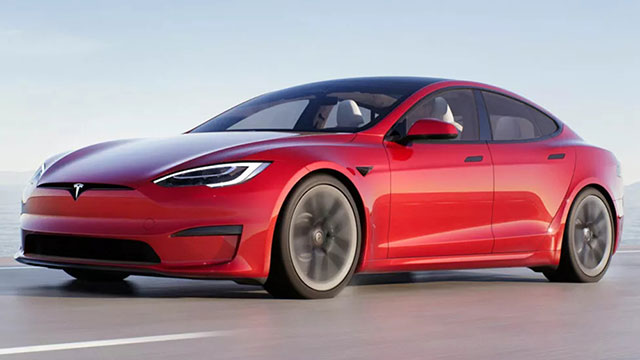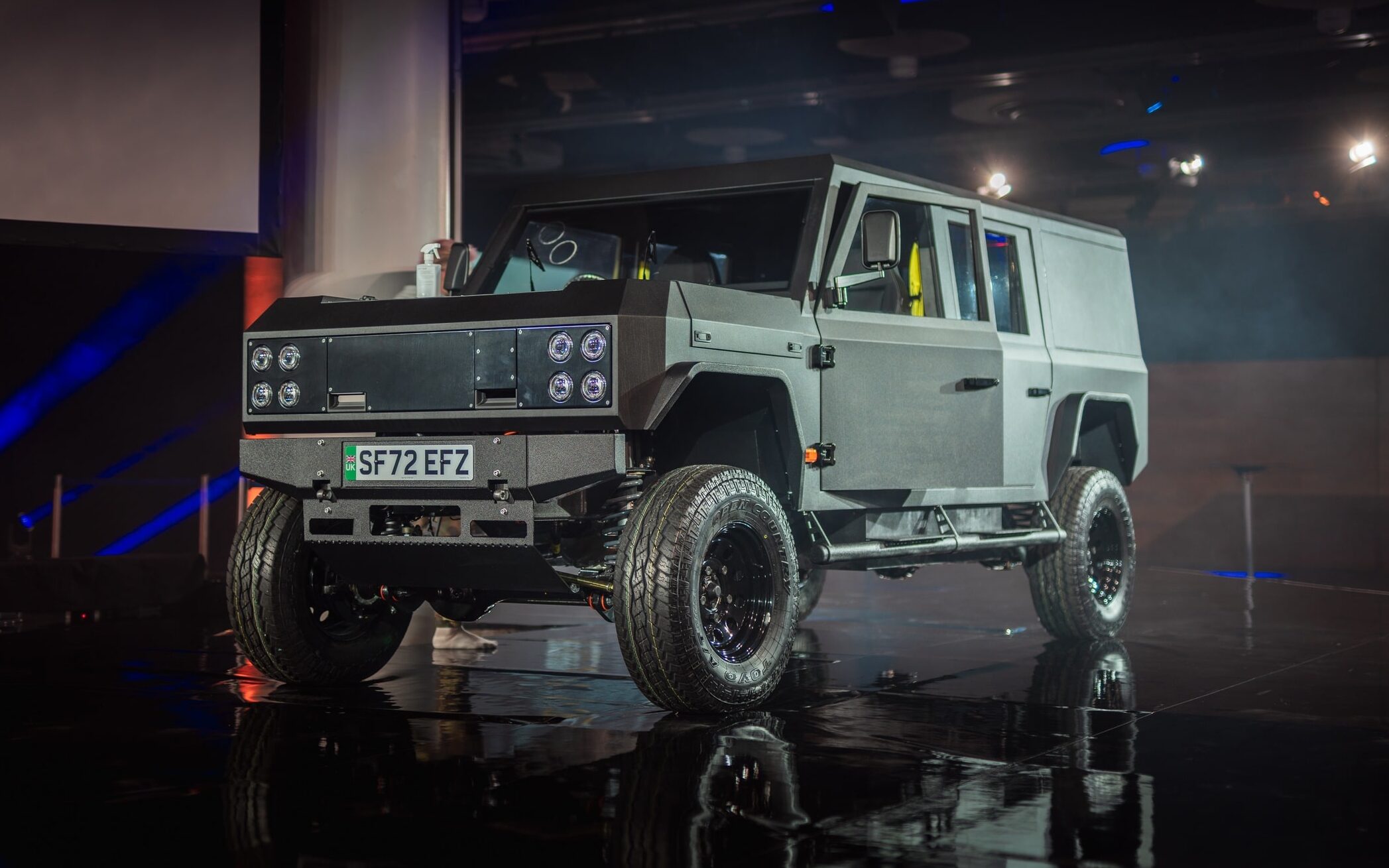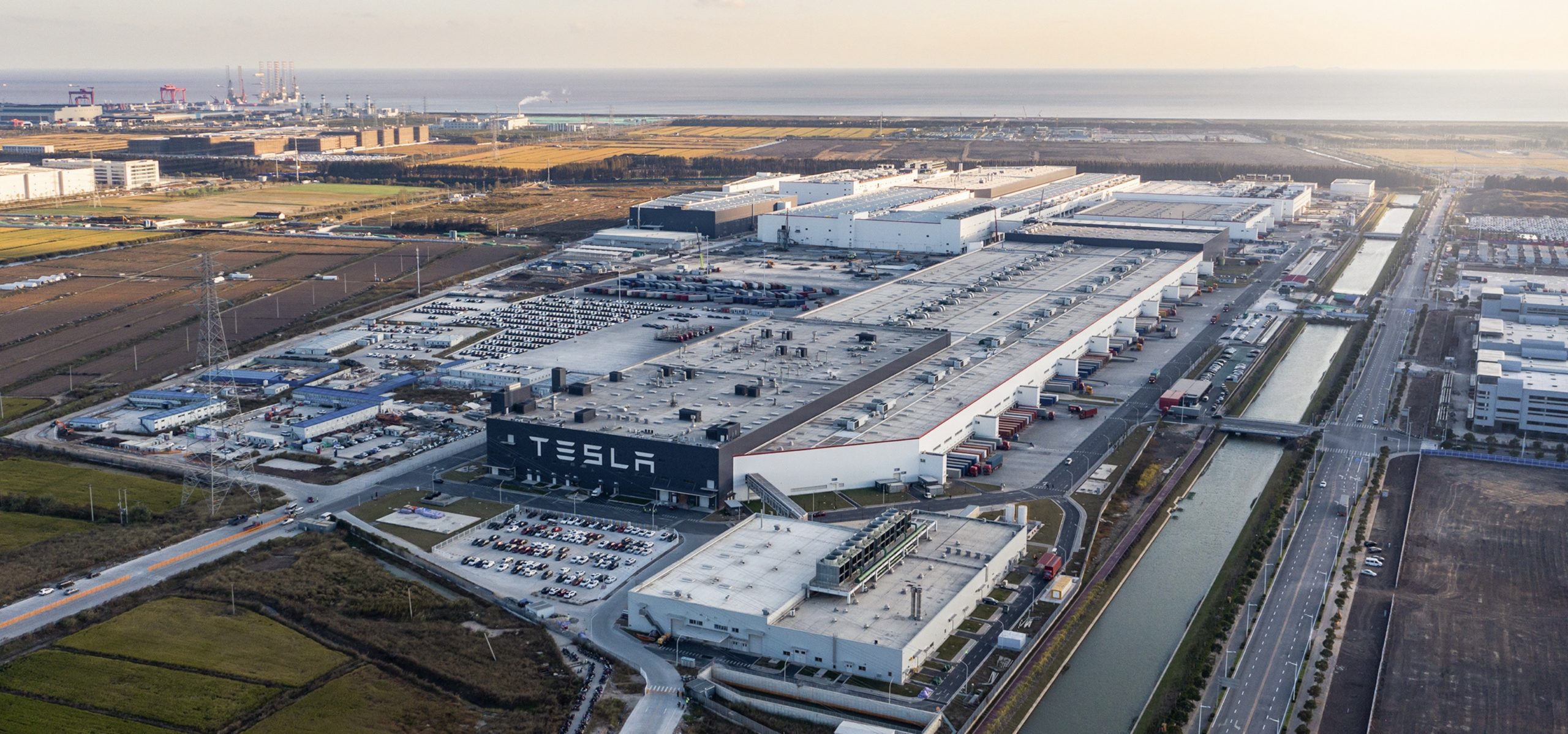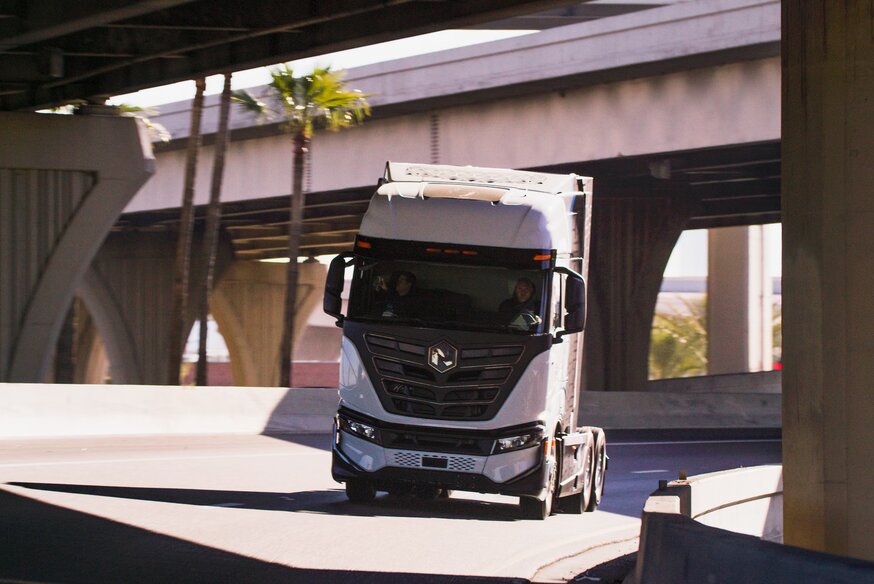Canada has introduced proposed legislation that would see the country embrace electrification in a big way. Under the proposal, car manufacturers and importers will be required to meet annual zero-emission vehicle (ZEV) sales targets. This will apply to the 2026 model year, when automakers are required to have at least 20 percent of the vehicles offered for sale be zero emission vehicles.
That percentage will increase to at least 60 percent by 2030, before jumping to 100 percent by 2035. The government then explained the average age of vehicles in Canada is 15 years, so setting a target of 100 percent ZEV sales by 2035, would help enable them to achieve the goal of net-zero emissions by 2050.
The Canadian government went on to say light-duty vehicles were responsible for about half of the emissions from the transport sector and stated “the regulations have been extensively informed to all divisions of interest over the past year, and follow a phased approach that allows for a gradual and orderly transition into the future.” 100 percent zero-emissions.”
The government defines ZEVs as battery electric vehicles, fuel cell electric vehicles, and plug-in hybrid electric vehicles. The latter will probably be the most popular as plug-in hybrids still use internal combustion engines and the government says it will likely play a key role in the northern and remote areas.
While electric vehicles have reduced mileage in cold weather, officials are trying to allay concerns about winter driving by noting more than 70 percent of new cars in Norway are zero-emission vehicles. The government also says gas and diesel vehicles can still be driven after 2035. They can also be traded as used vehicles.
While the 20% requirement is ambitious, Statistics Canada notes an increase in zero-emission vehicles. In 2019, 2.9 percent of new light-duty vehicle registrations were zero emission vehicles (ZEV), that figure grows to 3.5 percent in 2020 and 5.2 percent in 2021. For the first half of 2022, the number has jumped to 7. 2 percent and is expected to continue to grow in the future.
Many of the new vehicles are expected to be EVs and the government notes that they have committed to helping build 85,000 publicly funded chargers across Canada by 2027.

